
 These images are examples of the importance of balance in a composition. The image on the right is the first one I generated. I liked the four columns (repetition) and the strong girders, which both support the vertical elements and oppose them. But there was something off about the way I'd cropped the photograph. The longer I studied it, the more I realized that the red-orange support on the right was too big. It overpowers the rest of the elements, even though it only fills about a third of the space!
These images are examples of the importance of balance in a composition. The image on the right is the first one I generated. I liked the four columns (repetition) and the strong girders, which both support the vertical elements and oppose them. But there was something off about the way I'd cropped the photograph. The longer I studied it, the more I realized that the red-orange support on the right was too big. It overpowers the rest of the elements, even though it only fills about a third of the space!I copied the photo and played around with cropping it again. I settled on the version you see at the top. The large column on the right is now balanced within the picture world through the addition of the blue sky elements on the right and left. Notice that the blue sky form on the left is broken into two segments by one of the narrow columns, but it reads visually as a continuous shape.
In the first version of the picture, the two blue bits of sky don't hold their own against the bold, largest column. In the second picture the introduction of new blue elements changes two aspects of the composition. By adding the additional blue forms, an imaginary triangle is introduced. The triangle keeps my eyes moving around inside the picture world. The new blue form also expands the right side of the composition, so my eyes no longer bumps uncomfortably into the red-orange pillar. Balance has been introduced and the audience breathes a sigh of relief.
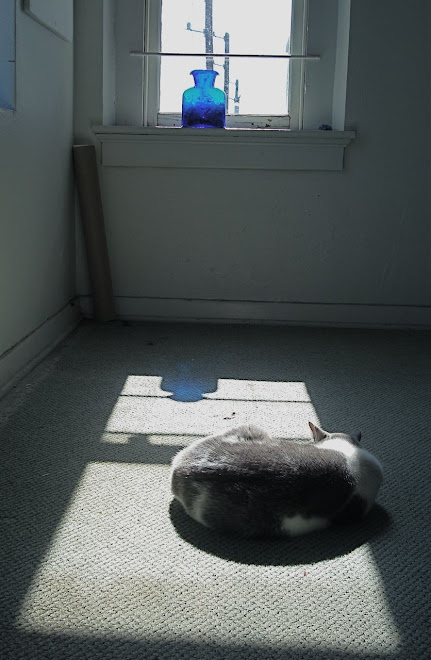
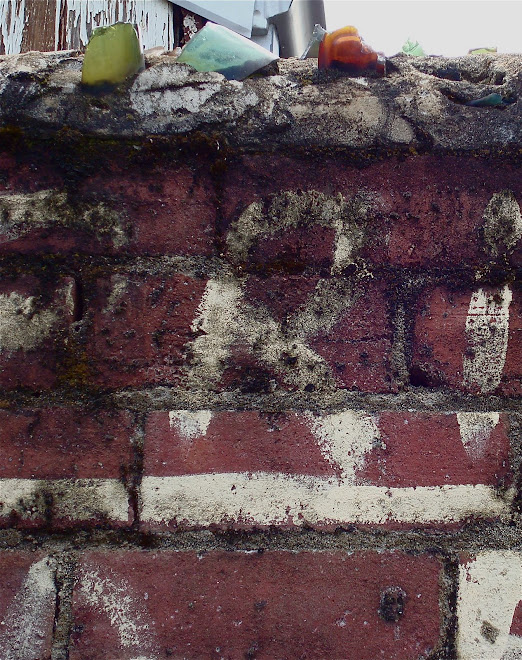
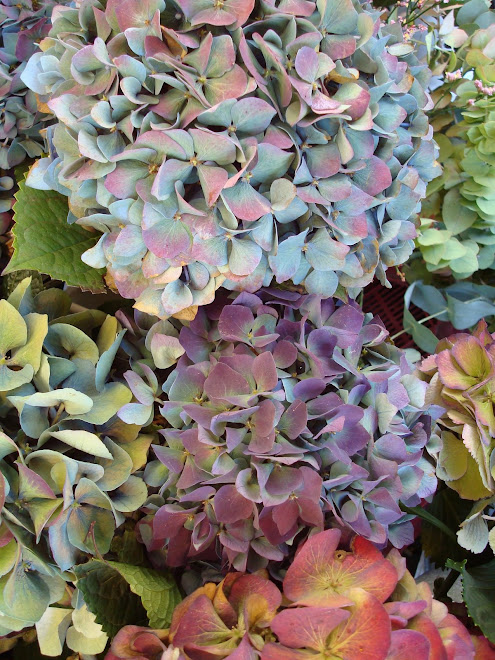
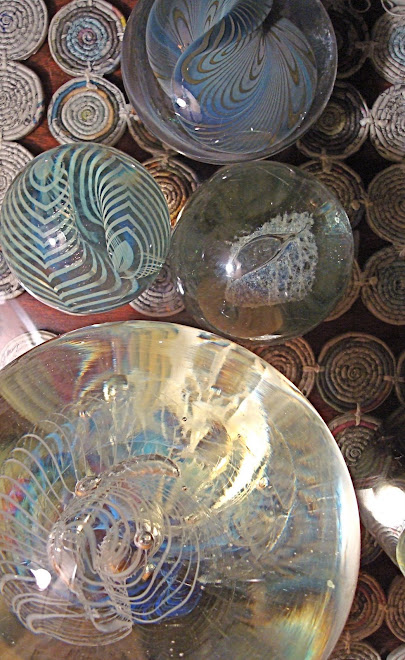
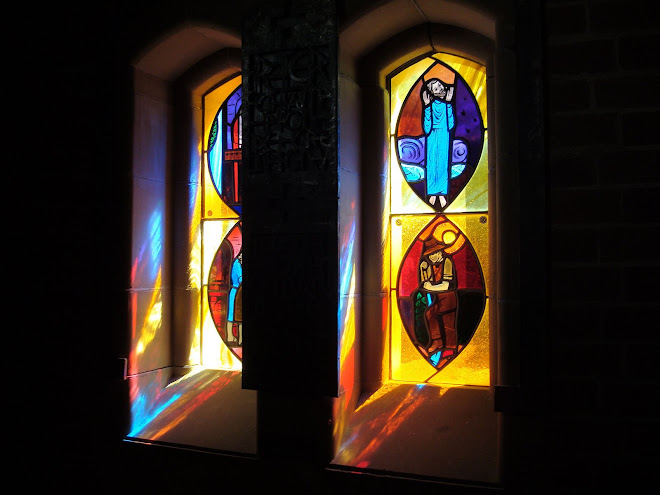







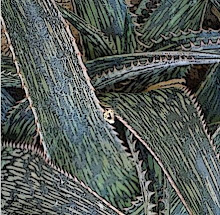
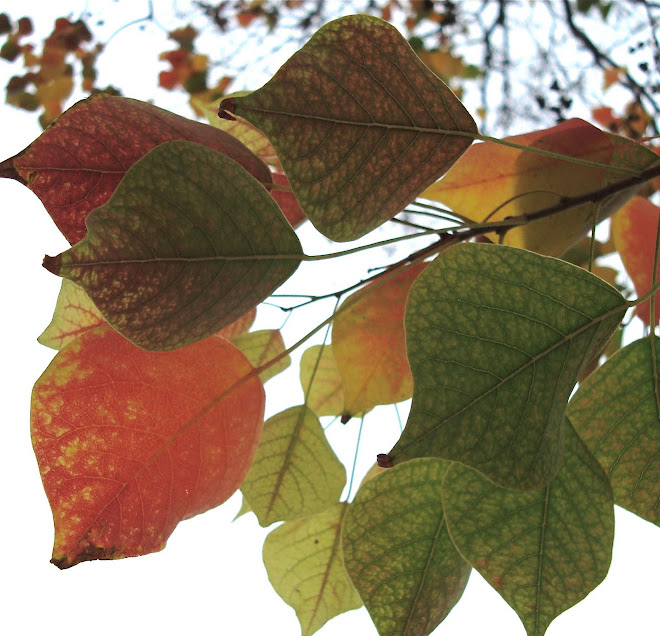
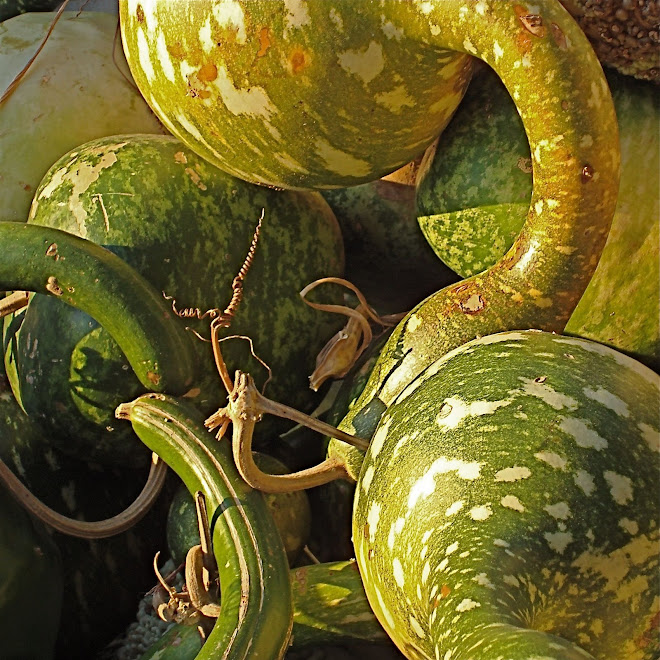
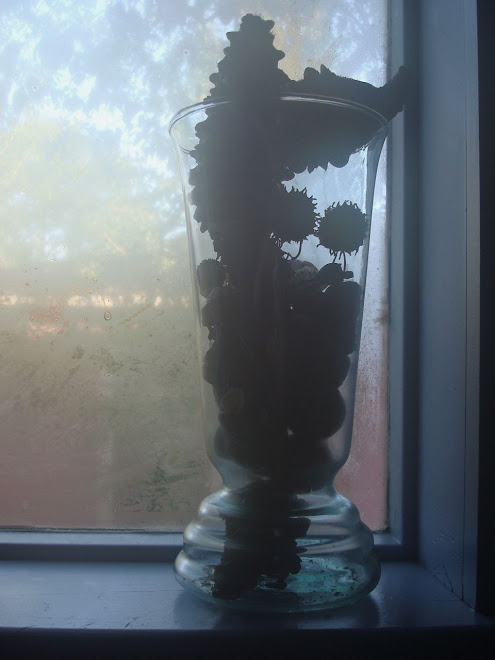
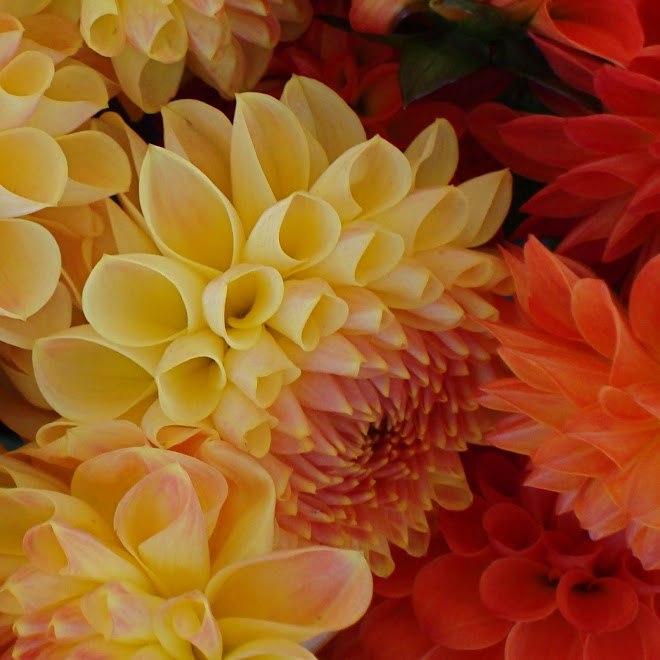
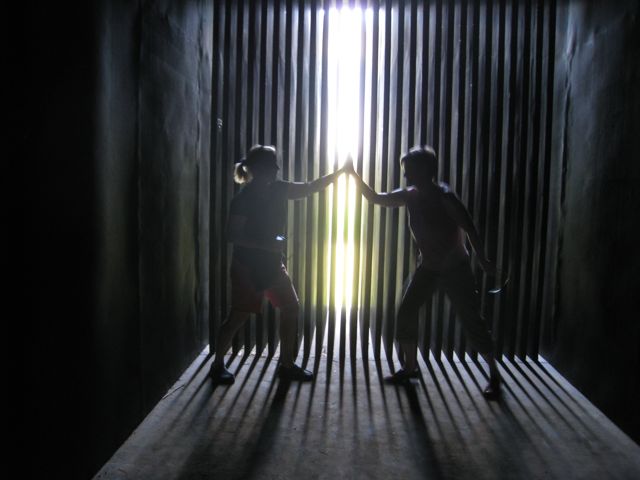
2 comments:
Thank you for letting us see into your thought processes. I appreciate understanding why one works better than the other, and I certainly agree that it does. Keeping the eye moving is key, isn't it? I am fascinated and pleased by the forms and lines in buildings, fences, bridges, churches--all kinds of human-created forms. There is, quite simply, beauty everywhere! Thanks for sharing.
In the bottom version I feel overpowered, trapped and threatened - my "eye" has no where to travel.
For me the top version is open, with places to go - and I find it interesting that "I go" to the left - away from the large forefront pillar -- but am quite comfortable to come back into the picture again.
(I just do not believe how much my understanding has grown in these couple of months --- Thanks Jane.
Fay
Post a Comment